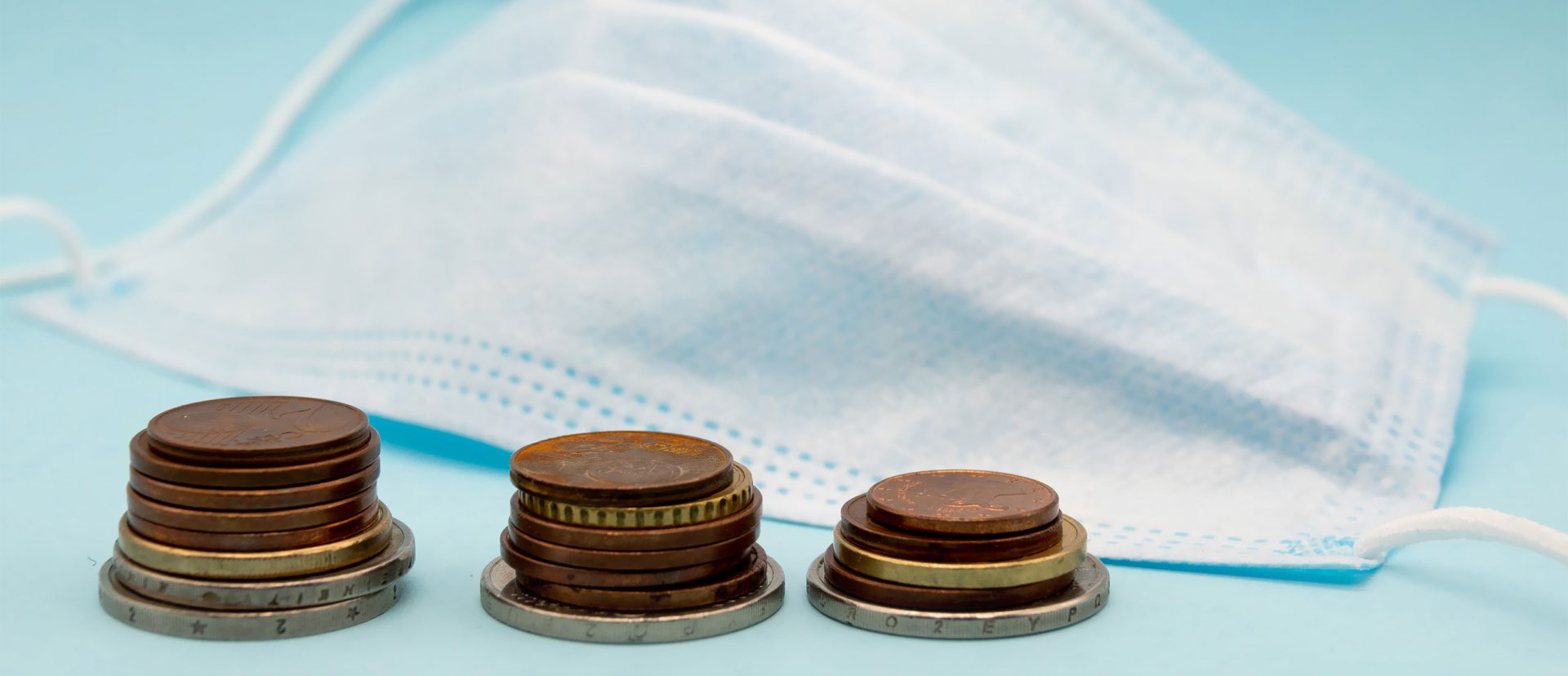The novel strain of coronavirus COVID-19 has upended countless areas of life, from home economics to the structure of global supply chains. Key supplies have been immediately and unexpectedly in high demand worldwide. As many supplies were bid away from hard-hit areas, some U.S. officials and policymakers began calling for a consolidated buyer to countervail the power of overseas manufacturers and direct supplies to the areas within the U.S. that needed them most. This article questions whether such a consolidated buyer—in competition terms, a “monopsonist” — could adequately address the crises of demand and distribution presented by COVID-19 in a manner consistent with the U.S. antitrust laws. We consider whether an exemption from the antitrust laws to allow for buyer coordination in the context of the COVID-19 crisis is necessary.
By John Roberti, Kelse Moen1
I. INTRODUCTION
Over the spring of 2020, the novel strain of coronavirus COVID-19 has upended countless areas of life, from home economics to the structure of global supply chains. Since the beginning of the outbreak, key supplies have been immediately and unexpectedly in high demand worldwide. As many supplies were bid away from hard-hit areas, some U.S. officials and policymakers began calling for a consolidated buyer to countervail the power of overseas manufacturers and direct supplies to the areas within the U.S. that needed them most.
This article questions whether such a consolidate
...THIS ARTICLE IS NOT AVAILABLE FOR IP ADDRESS 216.73.216.128
Please verify email or join us
to access premium content!

